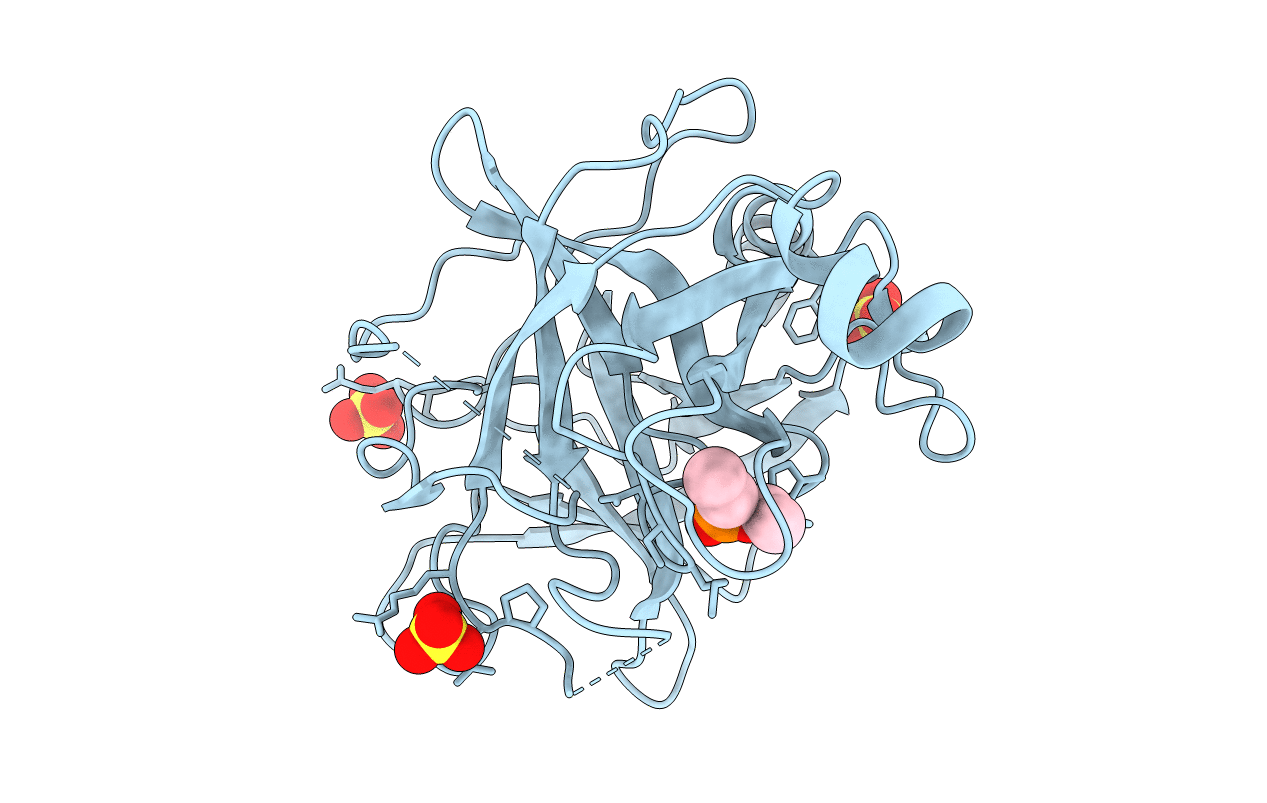
Deposition Date
1994-05-05
Release Date
1994-06-22
Last Version Date
2024-10-30
Entry Detail
PDB ID:
1GCD
Keywords:
Title:
REFINED CRYSTAL STRUCTURE OF "AGED" AND "NON-AGED" ORGANOPHOSPHORYL CONJUGATES OF GAMMA-CHYMOTRYPSIN
Biological Source:
Source Organism:
Bos taurus (Taxon ID: 9913)
Method Details:
Experimental Method:
Resolution:
1.90 Å
R-Value Observed:
0.18
Space Group:
P 42 21 2


